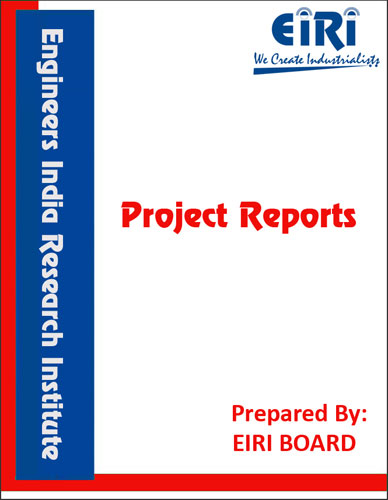SOYABEAN OIL
The project report includes Present Market Position and Expected Future Demand, Market Size, Statistics, Trends, SWOT Analysis and Forecasts. Report provides a comprehensive analysis from industry covering detailed reporting and evaluates the position of the industry by providing insights to the SWOT analysis of the industry.
We can prepare PROJECT REPORT as per your INVESTMENT PLAN for BANK LOAN REQUIREMENT and INDUSTRY ANALYSIS. All reports are prepared by highly qualified consultants and verified by a panel of experts.
Have Query? Click Here to Chat
Industry Expert is Online, Chat with him for more detail.

Primitive mills and presses for extraction of oils from seeds have been in use sevice long. Mechanization came with the introduction of the hydraulic press by the end of the 18th Century. This too was replaced by the more efficient screw press or expeller towards the end of the last century.
The first chemical process applied to fats and oils (excluding oxidation in burning) was saponification for making soap. Industrialization of oils and fats began with the installation of a cotton seed oil mill in South California in about 1826.
The methods were crude and the product was impure in 1850 the use of caustic soda to remove free acids from the oil was introduced in France. About this time the millers became aware of the value of linters (fibre) that clung to the Hulls, and also of the Hulls themselves as cattle feed.
By 1887, more scientific methods of refining were introduced. In 1983 it was learned that the oil could be deodorized by blowing steam through it at high temperatures. In 1900 the discovery that oils could be hydrogenated to produce fats of different consistencies revolutionised the entire oil and fat industry. So far no comprehensive and absolute classification of vegetable fats and oils is made though various schemes have been used based on origin, physical characteristics, composition or use, or combinations of these factors.
They are more commonly classified according to their capacity for absorbing iodine i.e. Iodine value. Those with a high proportion of double bonds are called drying oils, those intermediate in capacity are called semidrying and those of low capacity non-drying. In general the non-drying and semi-drying oils are used as foods and as lubricants and the drying oils as paint and varnish ingredients. This distinction has never been a very precise one and is becoming less so as oils formerly classified as semi-drying such as soyabean are being used more and more in paints varnishes and other products that dry in a highly satisfactory way.
INTRODUCTION
USES AND APPLICATIONS
PROPERTIES
B.I.S. SPECIFICATION
OVERVIEW OF EDIBLE OIL INDUSTRY IN INDIA
MARKET SURVEY
LIST OF CUSTOMERS FOR SOYBEAN OIL
ADVANTAGES OF EXPANDER -EXTRUDER – COOKER
PROCESS OF SOYBEAN OIL EXTRACTION
PRODUCTION METHOD OF SOYBEAN OIL
RECOVERY OF OIL FROM SOYBEANS
QUALITIES OF SOYBEAN OILS AND MEALS EXTRACTED BY DIFFERENT METHODS62
BASIC PROCESSING OPERATIONS
FLOW SHEET OF SOYBEAN OIL PRODUCTION
CHEMICAL COMPOSITION OF COMMONLY USED SOYBEAN PRODUCTS
IN ANIMAL DIETS
FUTURE CHALLENGES OF SOYBEAN UTILISATION IN ANIMAL DIETS
MANUFACTURING PROCESS OF SOYA BEAN OIL
BY PRODUCTS OF REFINING
BY PRODUCTS RECOVERY
PROCESS FLOW DIAGRAM FOR SOYA BEAN OIL EXTRACTION & REFINING
MANUFACTURING PROCESS OF CATTLE FEED
PROCESS FLOW DIAGRAM FOR CATTLE FEED
SWOT ANALYSIS OF SOYA PROCESSING INDUSTRY
SUPPLIERS OF PLANT AND MACHINERY
SUPPLIERS OF RAW MATERIALS
APPENDIX – A:
1. COST OF PLANT ECONOMICS
2. LAND & BUILDING
3. PLANT AND MACHINERY
4. FIXED CAPITAL INVESTMENT
5. RAW MATERIAL
6. SALARY AND WAGES
7. UTILITIES AND OVERHEADS
8. TOTAL WORKING CAPITAL
9. COST OF PRODUCTION
10. PROFITABILITY ANALYSIS
11. BREAK EVEN POINT
12. RESOURCES OF FINANCE
13. INTEREST CHART
14. DEPRECIATION CHART
15. CASH FLOW STATEMENT
16. PROJECTED BALANCE SHEET



